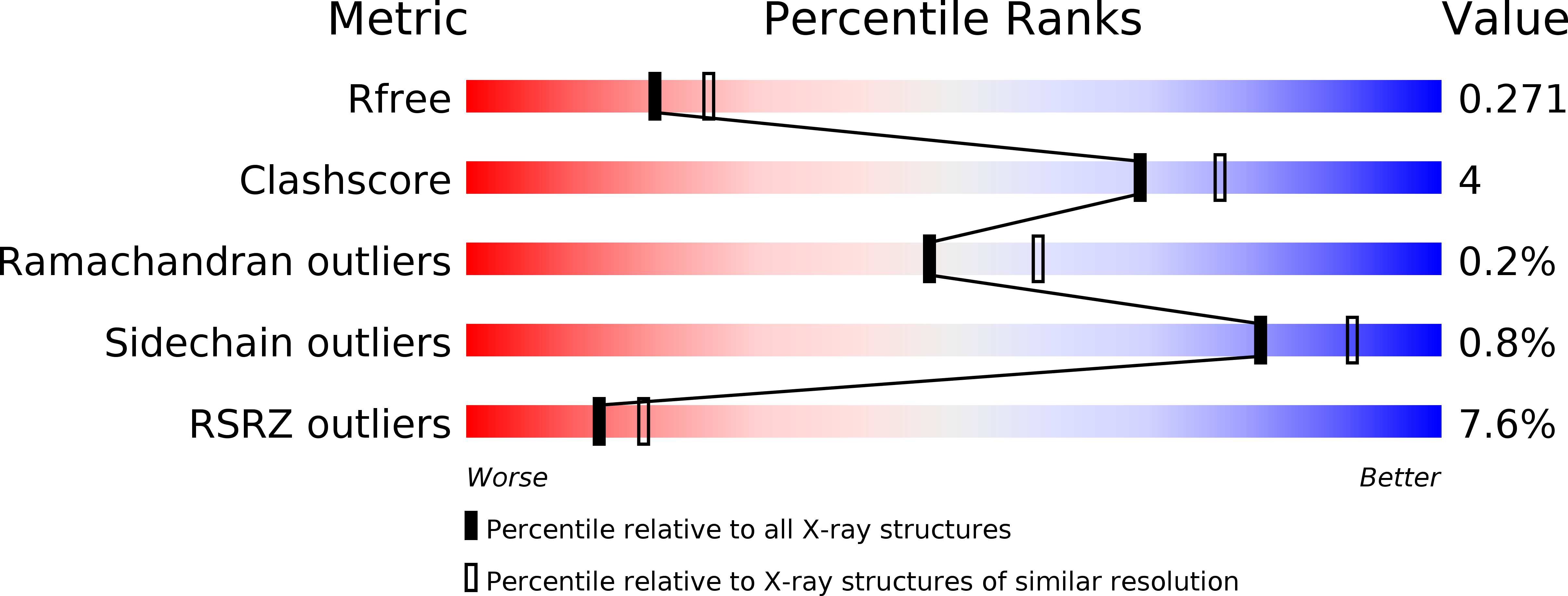
Deposition Date
2008-12-19
Release Date
2009-08-25
Last Version Date
2024-04-03
Entry Detail
PDB ID:
3FM8
Keywords:
Title:
Crystal structure of full length centaurin alpha-1 bound with the FHA domain of KIF13B (CAPRI target)
Biological Source:
Source Organism:
Homo sapiens (Taxon ID: 9606)
Host Organism:
Method Details:
Experimental Method:
Resolution:
2.30 Å
R-Value Free:
0.27
R-Value Work:
0.23
R-Value Observed:
0.23
Space Group:
P 41 21 2


